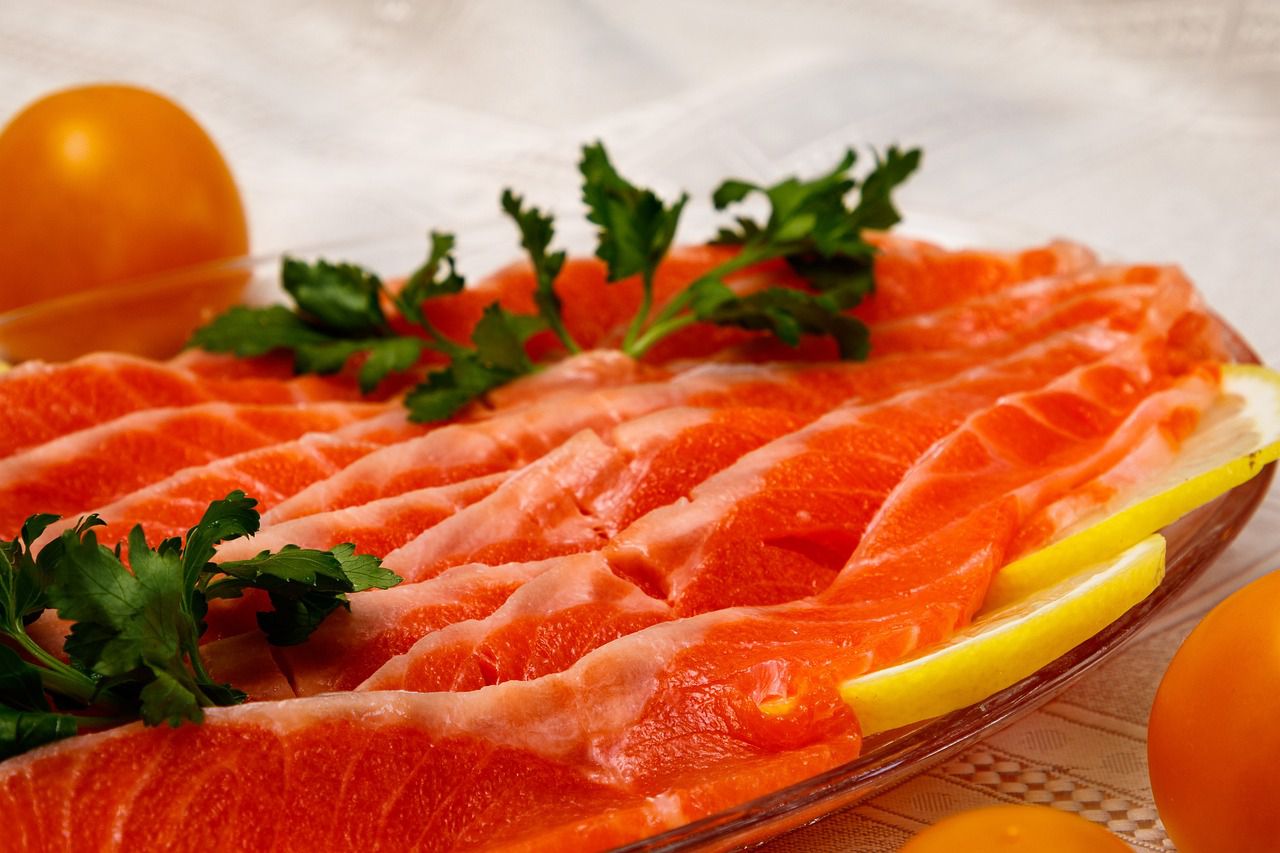Trout and salmon: Differences and similarities
Trout and salmon are both members of the Salmonidae family and share many similarities, but they are distinct species with several differences.
If you want to cook amazing fish, but don't know what to choose, then it's time to know the main differences between them.
Here are the key differences between trout and salmon.
Species and Subspecies
Trout and salmon are two different species of fish, each with various subspecies.
Some well-known trout species include rainbow trout, brown trout, and brook trout, while some common salmon species include Atlantic salmon, Chinook salmon, and sockeye salmon.

Appearance
While both trout and salmon have a similar streamlined shape, they often have distinguishing physical characteristics.
Salmon tend to be larger and have a more robust body shape than most trout.
Additionally, during the spawning season, many salmon species undergo significant physical changes, such as the development of a hooked jaw (kype) and changes in coloration.
Taste and Texture
Salmon and trout have distinct taste and texture profiles.
Salmon is renowned for its rich, flavorful, and fatty flesh, making it a popular choice in many cuisines.
Trout, while also delicious, generally has a milder flavor and a slightly firmer texture compared to salmon.
Commercial and Recreational Fishing
Both trout and salmon are important for commercial and recreational fishing industries.
Salmon, with its global popularity and significant commercial value, is more extensively farmed and fished commercially than trout.
Trout, on the other hand, is often more commonly targeted in recreational fishing settings.

